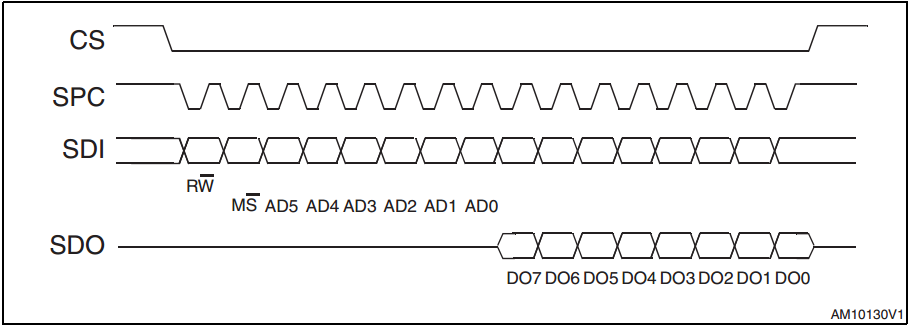Hi, recently I'm looking at some computer architecture books.
So my question could be easy or silly.
I tried to search more but I couldn't find many.
The nRF51822 is based on Cortex-M0. So it has 56 instructions.
**/**************************************/
- Does every instructions (of this MCU, let's only limit it to Rev. 3) take the same time to complete it?
For example,
??main_1:
ADDS R0, R0, #1
??main_2:
CMP R0, #200
BLT.N ??main_1
suppose the time it takes to finish the ADDS, CMP, or BLT.N are t0, t1, t2.
Is t0 == t1 == t2? Or are they all different?
- If every instructions take the same amount of time, does that value equals to 1/14 usec?
I thought of this since nrf_delay_us function uses 14 instructions to delay 1 usec.
If not, what calculation made the developers to use 14 instructions to delay 1 usec?
- Continuing with the value of
t0, t1, t2, how much does it take?
Is it just 1 / clock frequency?
Since Cortex M0 uses 3-stage pipeline, do I have to consider this as well?
- When using
simple_uart_putstring()(located atsimple_uart_putstring.cSDK 7.2),
I wanted to know about the time gap after sending characters.
For instance,
#define MSG (const uint8_t *) "Hello\n"
int main(void){
//omit other parts...
uart_init(); // suppose the UART pin is initialized correctly without using HWID
// assume the baud rate is 115200, no parity, 8 bit data
while(true) simple_uart_putstring(MSG);
}
After sending 'H', could there be a small gap before sending 'e'?
Since simple_uart_putstring uses a while loop and increments,
I was wondering how much time will it take.
Added : Timing diagram of L3GD20.

-Regards, Mango922

